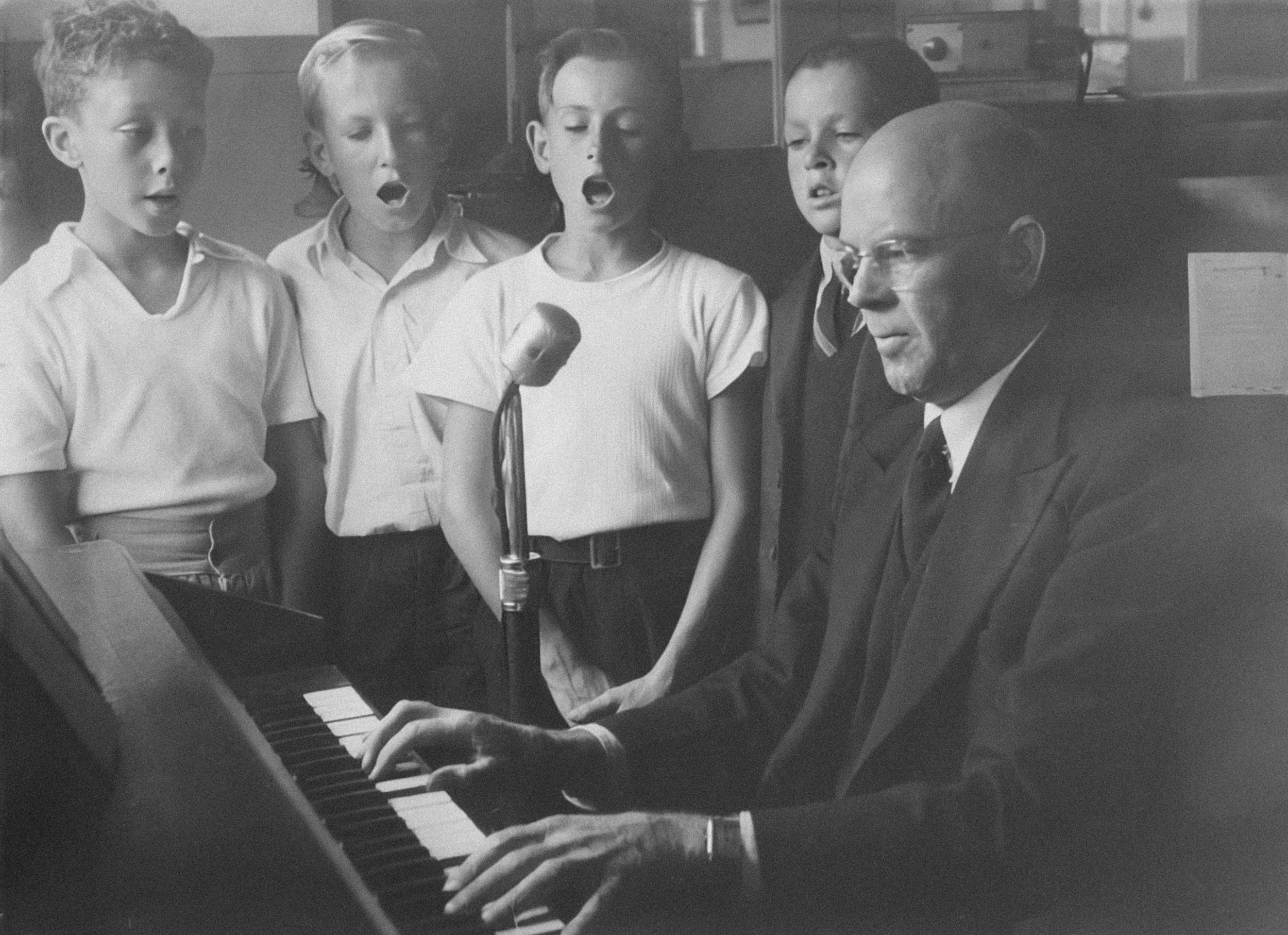Belting vs. Mix: What’s the Best Approach for Your Voice?
If you’re a musical theatre singer, you’ve probably heard the terms belt and mix thrown around. But what do they really mean, and which technique should you focus on? The truth is, both are valuable tools for different moments in a performance. Let’s break them down so you can understand how to use your voice effectively and avoid vocal strain.
What is Belting?
Belting is a powerful, chest-dominant vocal technique often used in contemporary musical theatre and pop/rock styles. When done safely, belting produces a bright, strong, and speech-like sound in the higher part of your range. Think of Elphaba in Wicked or Jenna in Waitress—these roles require strong, sustained belting.
Pros of Belting:
✅ Creates a powerful, emotional impact
✅ Cuts through an orchestra or band with ease
✅ Ideal for high-energy, climactic moments in songs
Cons of Belting:
❌ Can cause vocal strain if not done properly
❌ Not suitable for every song or character
❌ Requires strong breath support and vocal control
Belting is a powerful vocal tool used in musical theatre, but it requires proper technique to stay healthy!
What is Mix?
Mixing is a balanced vocal technique that blends elements of chest and head voice, creating a smoother, more versatile sound. It allows singers to navigate their upper range with less strain while maintaining warmth and resonance. Roles like Maria in West Side Story and Anastasia in Anastasia often rely on a strong mix.
Pros of Mixing:
✅ Reduces vocal fatigue and strain
✅ Creates a seamless transition between vocal registers
✅ Works well for lyrical, expressive songs
Cons of Mixing:
❌ May not have the same level of intensity as a belt
❌ Requires training to develop control and strength
Mixing helps singers transition smoothly between vocal registers for a healthier, more flexible sound.
Which One Should You Use?
The best approach depends on the song, the character, and your natural vocal strengths. If you’re singing a powerful anthem like Defying Gravity, belting may be the right choice. If you’re performing something more lyrical like On My Own, a mix could provide the control and nuance you need.
Tips to Develop a Strong Belt and Mix:
🎤 Work with a vocal coach – Proper technique is key to avoiding strain.
🎤 Strengthen your breath support – Both belting and mixing rely on solid breath control.
🎤 Practice vocal warm-ups – Exercises like sirens and lip trills help build coordination.
🎤 Know your limits – Every singer’s voice is different. Don’t force a belt if it feels strained!
Want to Learn More About Your Voice?
Understanding your voice type and developing a healthy technique is essential for long-term success in musical theatre. Let’s take the first step of your vocal journey together with a free Discovery Call.


